When a joint is sore, a person experiences discomfort and tries to get rid of that discomfort as quickly as possible by taking medications to get rid of it. However, pain can serve as a sign of a serious illness, marking its onset. It is recommended to consult a doctor in a timely manner to avoid consequences that could lead to delays and only symptomatic treatment.
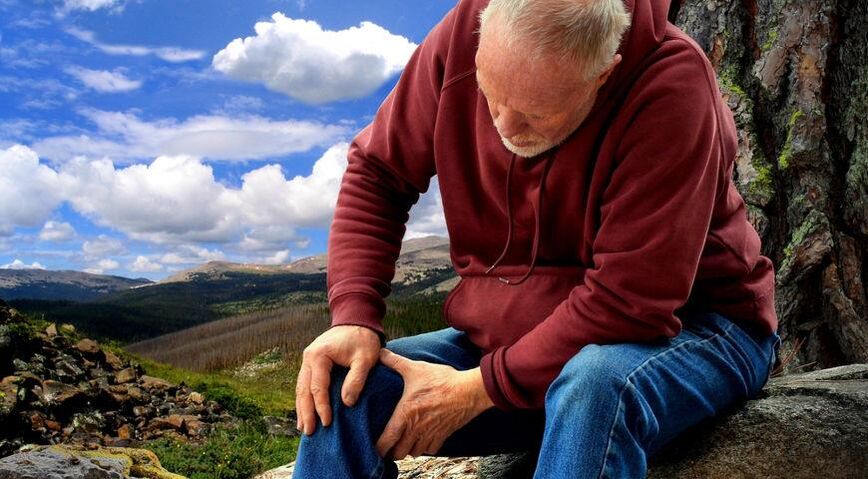
Causes and symptoms
All diseases of the musculoskeletal system are associated with different pain symptoms. Pain is a sign that a destructive pathological process is taking place in the body. Only clinical examination can accurately diagnose the cause. Need to go to the hospital if the pain in the joints is the same as back pain, and limb movement is difficult. Medical care is required for bumps, sprains, dislocations, fractures and other injuries. When all the joints are sore, there is a suspicion of polyarthritis. If the patient experiences one type of pain, then another, the cause may be complex lesions of motor apparatus, including ligaments and muscles, as well as disorders in the central nervous system. The cause of inflammation of the articular nodes is an infection that has entered the body (ARVI, influenza), hypothermia. The most commonly diagnosed pain patients are:
- arthritis, arthrosis and coxarthrosis;
- rheumatoid disease;
- bursitis and tendinitis;
- osteomyelitis, osteoporosis;
- bone tuberculosis;
- damage to the vascular system and central nervous system;
- osteochondrosis;
- oncological diseases.
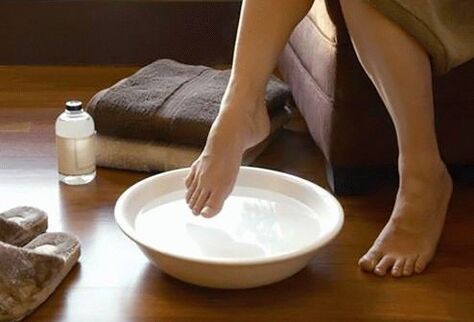
If the joints only hurt in the evening after a hard day's work, you can relieve the discomfort with the help of medical soothing ointments or folk remedies. Fatigue does not mean pain. It is also necessary to exclude stress factors and nervous tension. When deciding to go to the hospital, you need to pay attention to the symptoms associated with the pain, such as:
- swollen tissues;
- skin discoloration;
- stiffness of movement;
- increase temperature to subfebrile and above;
- a painful sensation in the bones before a sudden change of weather;
- crunchy when moving.
Types of pain
It is often seen to the patient that the joint itself is sore, although the discomfort may be an echo of another illness. And, conversely, articular back pain can be misinterpreted as a symptom of another disease. Pain starting at the hip joint is often given in the abdomen, and in women can be considered a sign of approaching menstruation. Cardiac colic on the left side of the chest can cause painful numbness in the arms from the shoulders to the elbows. Phantom pain can spread to the cervical area and shoulder girdle after the youngest tooth is extracted. However, there are exclusively categories of joint pain, which are divided into the following types:
- joint stiffness in the morning and evening;
- sharp, radiating or aching pain;
- migratory pain in the body;
- feeling as if the joint is "sore";
- short -term pain.
What is the danger?
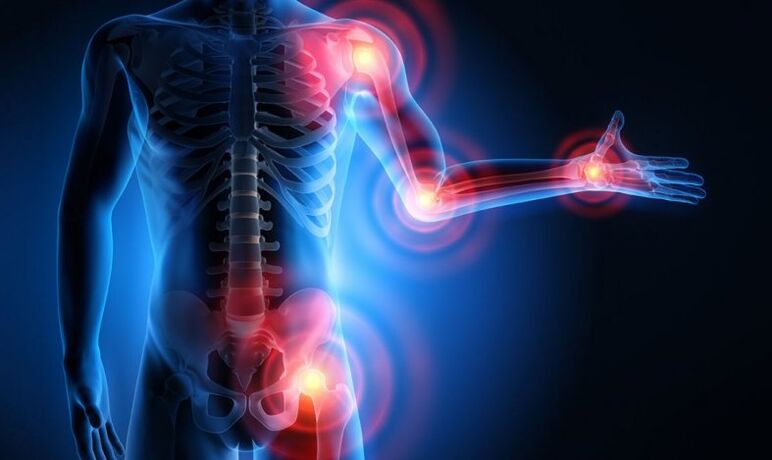
Acute pain at all large joint nodes is a sure sign of a serious inflammatory, infectious and degenerative process that can lead to motor function limitation and disability. If excruciating and excruciating pain in the joint radiates to the leg or arm, this may mean complete destruction of the node and the need for prosthetic surgery. Ignoring mild pain leads to the severity of the dangerous process and leads to complications up to oncology. Inflammation moves from one node to another, affecting all large joints. Only seeking timely medical help will help prevent dystrophic and inflammatory processes that destroy the joints and spine, and therefore prevent dangerous diseases.
first aid
When the joints ache and ache to walk, you must immediately take steps to eliminate the discomfort. Until the cause is explained, one should limit oneself to symptomatic therapy aimed at eliminating or weakening the syndrome. First of all, it is necessary to give rest to the diseased limb and, if possible, remove part of the load using a support bandage. With muscle spasms and seizures, muscle relaxants are taken, joint pain is eliminated with analgesics. Restrictions will help to quickly relieve pain in the knees and in the joints of the feet.
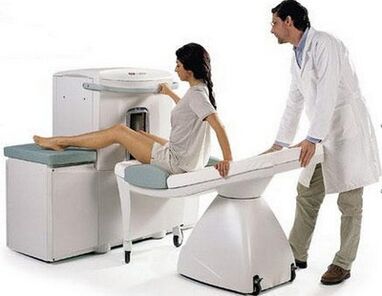
Examination and diagnostic methods
Joint disease, as well as other pain -causing diseases, can be determined by a comprehensive examination, which consists of external therapeutic examination, laboratory tests and hardware diagnostics. First of all, the doctor examines the diseased area for the presence of manifestations of inflammatory and infectious processes on the joints and adjacent tissues: is there swelling, rash on the body, is there pain on palpation, is it itching, what color is the skin. Here is the instrumental method:
- radiography;
- MRI;
- ultrasound;
- arthroscopy.
Clinical trials are necessary when an inflammatory process or infection is suspected to establish the causative agent. Synovial fluid samples were also taken in case of confirmation of degenerative processes in the joint bags. It is sometimes recommended to perform additional allergy testing and autoimmune testing to identify individual responses and hereditary predispositions to the disease.

What to do and how to treat?
Pain in many joints throughout the body is a marker that indicates the presence of an injury (possibly chronic or latent) or a disease that has entered a progressive stage. First of all, you need to understand what is painful, and remove the symptoms situationally. Feeling an increase in pain, you should immediately contact the clinic, where the patient will go for a study, then receive a recommendation for treatment.
The basis of therapy is always a course of medication, at the same time as physiotherapy is performed. Other methods are acceptable in addition and cannot replace pharmaceutical and hardware treatments.
Medical preparations
Painful joints are most often treated with conservative drug therapy, including NSAIDs, painkillers, pharmaceuticals, chondroprotectors, less frequently antibiotics and medications to improve blood circulation. Each case requires a separate therapy option. Patients are given pills, injections and drops.
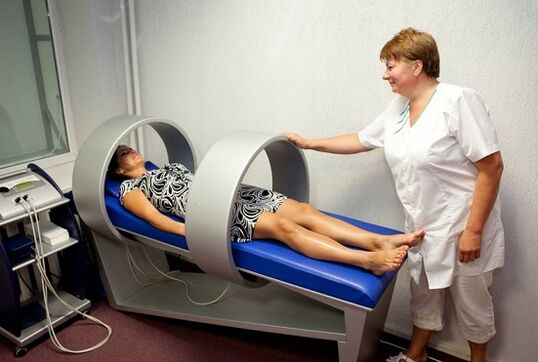
Physiotherapy treatment
Joint pain is effectively neutralized by hardware methods. The most popular are electro and magnetic procedures. The standard course consists of 10 sessions. It needs to be treated at the clinic. In addition to hardware treatment, mud and balneology are associated, radon baths, paraffin with ozocerite, and healing mineral mud are excellent. For therapy, once a year need to undergo sanatorium treatment.
Surgical methods
When a joint cannot be healed, it becomes necessary to replace it with a prosthesis. To eliminate severe pain in the foot joint, the doctor must first remove the severely destroyed articular cartilage, and then insert the artificial one. Prosthetics can be partial or complete, depending on the degree of wear of the head of bone and cartilage, the presence of osteophytes.
Exercise and massage
Therapeutic exercises will help strengthen the muscular corset. Pilates and yoga will make the body more flexible, the joints will receive increased mobility, which will help prevent the development of osteophytes and fluid retention, the formation of salt and calcium deposits.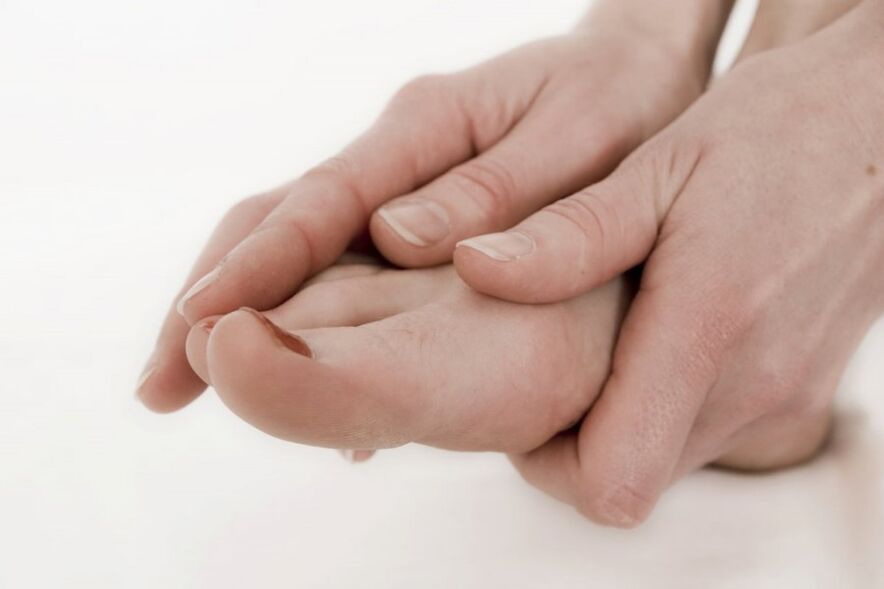 Training for strength, resistance and flexibility is done in turns, without sudden movements. The optimal course is selected by the coach. In the morning and evening at home, it is recommended to do a mild complex of inclines and turns to stretch the joints and muscles, especially when sitting for a long time.
Training for strength, resistance and flexibility is done in turns, without sudden movements. The optimal course is selected by the coach. In the morning and evening at home, it is recommended to do a mild complex of inclines and turns to stretch the joints and muscles, especially when sitting for a long time.
When the feet hurt badly after a long walk, a massage in combination with a hot herbal bath will help reduce discomfort. Performing massages and acupuncture is allowed at home, without visiting the clinic, but provided that the procedure is performed by an experienced doctor, otherwise unesthetic signs may remain on the skin.
Folk recipes
On the one hand, the effectiveness of non -traditional methods has not been clinically proven, but on the other hand, many patients manage to relieve pain with the help of natural home remedies that they make themselves. If the joints are sore, it is rubbed with honey cream with the addition of hot pepper and bee venom. Swelling that occurs with joint disease is removed by rubbing alcohol and compresses based on dandelion inflorescences and horse chestnuts. Cold pressed olive oil has an analgesic effect. When practicing traditional medicine, keep in mind that many substances can cause allergies and skin damage. Treatment with folk methods can be accepted as symptomatic therapy, but not as a main therapeutic course.
Preventive measures
In spring and winter, vitamin deficiency leads to poor nutrition of the joints, making them vulnerable to inflammatory processes. It is necessary to take vitamin complexes regularly. For the prevention of joints, you can take dietary supplements with chondroprotective effect. Once a month it is recommended to visit a massage room to maintain muscle tone, pass a mini-session of 5 procedures. After injury, it is mandatory to wear a bandage, using a cane. If the pain begins to recur after treatment, then it is better to consult a doctor without delay.























